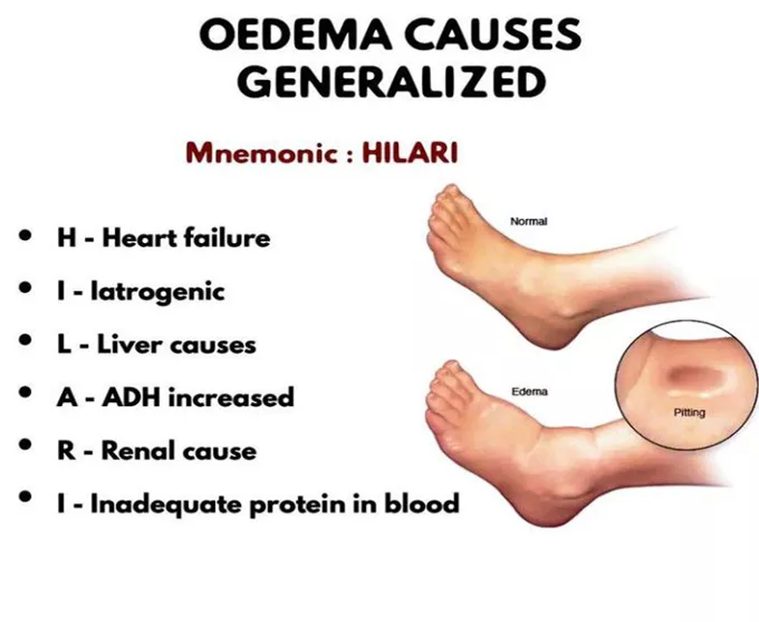A nurse is reviewing various roles within the community. The nurse should identify which of the following statements best encompasses the description of a community health worker?
Community health workers are paid or unpaid individuals active in promoting the health of a community.
A community health worker should be a public health nurse.
Community health workers are unpaid residents within a community who volunteer their services.
Paid employees within the community comprise the role of a community health worker.
The Correct Answer is A
Choice A: Community Health Workers are Paid or Unpaid Individuals Active in Promoting the Health of a Community
This statement accurately describes community health workers (CHWs). CHWs can be either paid or unpaid and are often members of the communities they serve. They play a crucial role in promoting health, providing education, and connecting individuals to health care services. Their work is essential in improving health outcomes and reducing health disparities within communities.
Choice B: A Community Health Worker Should be a Public Health Nurse
This statement is incorrect. While public health nurses can work as community health workers, the role of a CHW is not limited to nurses. CHWs come from various backgrounds and do not necessarily have formal medical training. Their primary qualification is their close connection to the community and their ability to build trust and provide culturally appropriate health education and services.
Choice C: Community Health Workers are Unpaid Residents Within a Community Who Volunteer Their Services
This statement is partially correct but incomplete. While many CHWs volunteer their services, others are paid for their work. The key aspect of a CHW's role is their active involvement in promoting community health, regardless of whether they are paid or unpaid.
Choice D: Paid Employees Within the Community Comprise the Role of a Community Health Worker
This statement is incorrect. While some CHWs are paid, the role is not exclusively filled by paid employees. Many CHWs volunteer their time and efforts to support their communities. The defining characteristic of a CHW is their dedication to improving community health, not their employment status.
Nursing Test Bank
Naxlex Comprehensive Predictor Exams
Related Questions
Correct Answer is D
Explanation
Choice A: Develop a Team Strategy
Developing a team strategy is an important step in the CHANGE model, but it is not the first step. Before a strategy can be developed, it is essential to have a team in place. The team will collaborate to create a strategy that aligns with the community's needs and goals.
Choice B: Gather Data
Gathering data is a crucial part of the community assessment process. However, it is not the initial step in the CHANGE model. Data collection comes after the team has been assembled and a strategy has been developed. The team needs to be in place to determine what data is needed and how it will be collected.
Choice C: Build the Community Action Plan
Building the community action plan is a later step in the CHANGE model. This step involves using the data collected to develop a plan that addresses the community's health needs. The action plan is created after the team has been assembled, a strategy has been developed, and data has been gathered.
Choice D: Assemble the Team
This is the correct first step in the CHANGE model. Assembling the team involves bringing together a diverse group of stakeholders who will work collaboratively to assess the community and develop an action plan. The team typically includes representatives from various sectors of the community, such as health care, education, business, and local government.
Correct Answer is D
Explanation
Choice A Reason:
Ensuring the client has been taking their prescribed diuretic is important in managing heart failure. Diuretics help reduce fluid buildup, which can alleviate symptoms like edema and weight gain. However, this action alone may not be sufficient if the patient is already experiencing significant symptoms. Immediate consultation with a healthcare provider is necessary to adjust the treatment plan appropriately.
Choice B Reason:
Reinforcing the importance of daily weights is a crucial educational intervention for patients with heart failure. Monitoring daily weight helps in early detection of fluid retention, allowing for timely intervention. However, given the patient's current symptoms of significant weight gain and generalized edema, immediate action is required beyond just reinforcing education.
Choice C Reason:
Documenting the findings and continuing with the visit is part of the nurse's responsibilities. Accurate documentation is essential for tracking the patient's condition over time. However, in this scenario, the patient's symptoms indicate a potential exacerbation of heart failure, which requires prompt medical attention. Simply documenting without taking further action is not sufficient.
Choice D Reason:
Calling the healthcare provider for further instructions is the most appropriate action in this situation. The patient's weight gain and generalized edema suggest worsening heart failure, which may require adjustments in medication or other interventions. Immediate consultation with the healthcare provider ensures that the patient receives timely and appropriate care to prevent further complications.

Whether you are a student looking to ace your exams or a practicing nurse seeking to enhance your expertise , our nursing education contents will empower you with the confidence and competence to make a difference in the lives of patients and become a respected leader in the healthcare field.
Visit Naxlex, invest in your future and unlock endless possibilities with our unparalleled nursing education contents today
Report Wrong Answer on the Current Question
Do you disagree with the answer? If yes, what is your expected answer? Explain.
Kindly be descriptive with the issue you are facing.
